Problems of individuals and society
While the reading of a book has become a solitary matter, its interpretation remains a convivial task which must be performed anew for each new reader, new age, and new country. The business of criticism is to help us in this task, and from a multitude of judgements to further our understanding of an author’s words for our time. The critic is therefore involved not only with books, but through them with the cultural problems of his society. Critical debates thus become debates about major social issues.
The group of books presently being considered illustrate two different contemporary debates. The studies by Reid (Fiction and the Great Depression: Australia and New Zealand 1930- 1950, Studies in Australian culture, Edward Arnold (Australia), xiii, 166p., biblio, index, $10.00) and Heseltine (Acquainted with the Night: studies in classic Australian fiction, Monograph No 4, Townsville Foundation for Australian Literary Studies, 83p) both consider the nature of our national culture, whereas the other two critics treat their authors in an ostensibly universal manner. On the other hand, Heseltine, Smith and Hassall have all produced studies in the conventional manner of literary criticism, examining language, structure and character to determine moral truths, while Reid attempts a new form of literary sociology, looking at authors and their works as emanations of particular times and places.
Reid’s book, both in its intent and its method, forms a part of that reconsideration of the nature of the Australian tradition which is currently being undertaken by newer scholars on the left in sociology, history and literature. While these writers differ in their particular ideological perspectives, they have in common a distrust of radical nationalist interpretations and a preference for structural rather than individual explanations. Instead of discussing individual books, therefore, Reid examines the whole perspective of serious fiction bearing on the depression, and, by discussing New Zealand as well as Australia, provides a comparative view of national peculiarities.
On one level, his work is a major success. He appears to have read everything relevant, and his study serves to dispel myths about the alleged rural and working class orientation of Australian writing as well as the cultural homogeneity of the two countries. He shows New Zealand fiction as both less class conscious and more rural in its setting, and relates these characteristics to the nature of the society on the one hand and to the preferred forms adopted by the authors on the other.
Yet doubts remain. Despite the acknowledged indebtedness to the French pioneer of literary sociology, Lucien Goldmann, Reid’s success is empirical rather than structural. He shows us the scope of the works, their locale, the range of their political sympathies and human concerns, and relates these to social conditions in the two countries, but he barely touches on the way in which these conditions might have generated this particular kind of literature. Nor does he ever seem to become engaged with any particular book. He skips, he collects, he displays, but he rarely grapples.
This avoidance is apparently deliberate. Although he expresses his opinions where relevant, he has explicitly chosen to provide objective social facts rather than literary judgements. Yet by avoiding extensive analysis of specific work he fails to demonstrate the kind of forces which are active in it. He thus avoids answering what is perhaps the most interesting question implicit in a book which raises sufficient questions to keep other scholars busy for years – what happens to the essentially bourgeois form of the novel, with its emphasis on individual character and action, when it is used for social purposes by writers committed to an ideology which takes the emphasis from the individual to society?
Reid’s comparison of Australia and New Zealand certainly adds to the interest of his study, but it is doubtful whether as a method it gives his work any authenticity beyond that already established by the range of his sources.
Heseltine’s study, by contrast, starts from questions about the individual text in order to raise questions about the nature of the Australian experience. The essays in his book, based on lectures originally given in Townsville, deal with The Fortunes of Richard Mahony, Coonardoo, Seven Poor Men of Sydney, and The Burnt Ones. In each case, he takes an aspect of the work which has not been given emphasis by earlier critics, and handles it to such effect that his reader’s view of these books is irrevocably changed.
The feature he discovers in common between these four works is the noctambulism of central characters, which in turn he relates to their capacity not only to suffer, but to accept suffering. This capacity, or experience, he finds lacking in Australia, and with its lack goes the inability of individuals to give of themselves. Our failure to establish right human relationships leads to our failure to establish our relationship with the land.
This summary does injustice to the complexity of Heseltine’s analysis of the tests, but it indicates the distance he stands from Reid. While both are concerned with the nature of our society, they approach it from opposite directions, the one starting from the moment of individual experience and moving out into the widest considerations, the other moving constantly over the whole social context in which the individual is only one item in the scenery.
The other two writers both stick firmly to the experience of the individuals in particular novels as a guide to the moral implications of the work. Smith’s study of Mansfield Park (Fanny Bertram, the structure of ‘Mansfield Park’, Monograph No 1, Department of English, James Cook University of North Queensland) is attentive to the keywords, and shows how from them Jane Austen constructs a universal moral fable of justice and propriety. In sticking so closely within the bounds of his text, however, we may feel that the critic has done more justice to his author than to his own readers.
Dr Hassall’s work (Henry Fielding’s Tom Jones, Sydney Studies in Literature, Sydney University Press , xv., 116p. , biblio. , index, $7.50) is a joy to read, reminding his readers of the vigour as well as of the moral structure of Fielding’s novel. An added virtue is his incidental use of Tony Richardson’s film to clarify his analysis. His book should both send old acquaintances back to Fielding’s novel and prompt new readers to discover it.
The secret of Dr Hassall’s work is that he takes the novel seriously as a guide to the principles of discerning moral truths in a social context, and thus as a serious, although never solemn study of good and evil as well as a form of education for both its central character and its readers. Yet, at the end of his study, we are left regretting that the author did not see fit to move out from his individual perceptions to a broader social context. After all, if good and evil are unchanging, the forms they assumed in 18th century England were not those we can find in 20th century Australia.


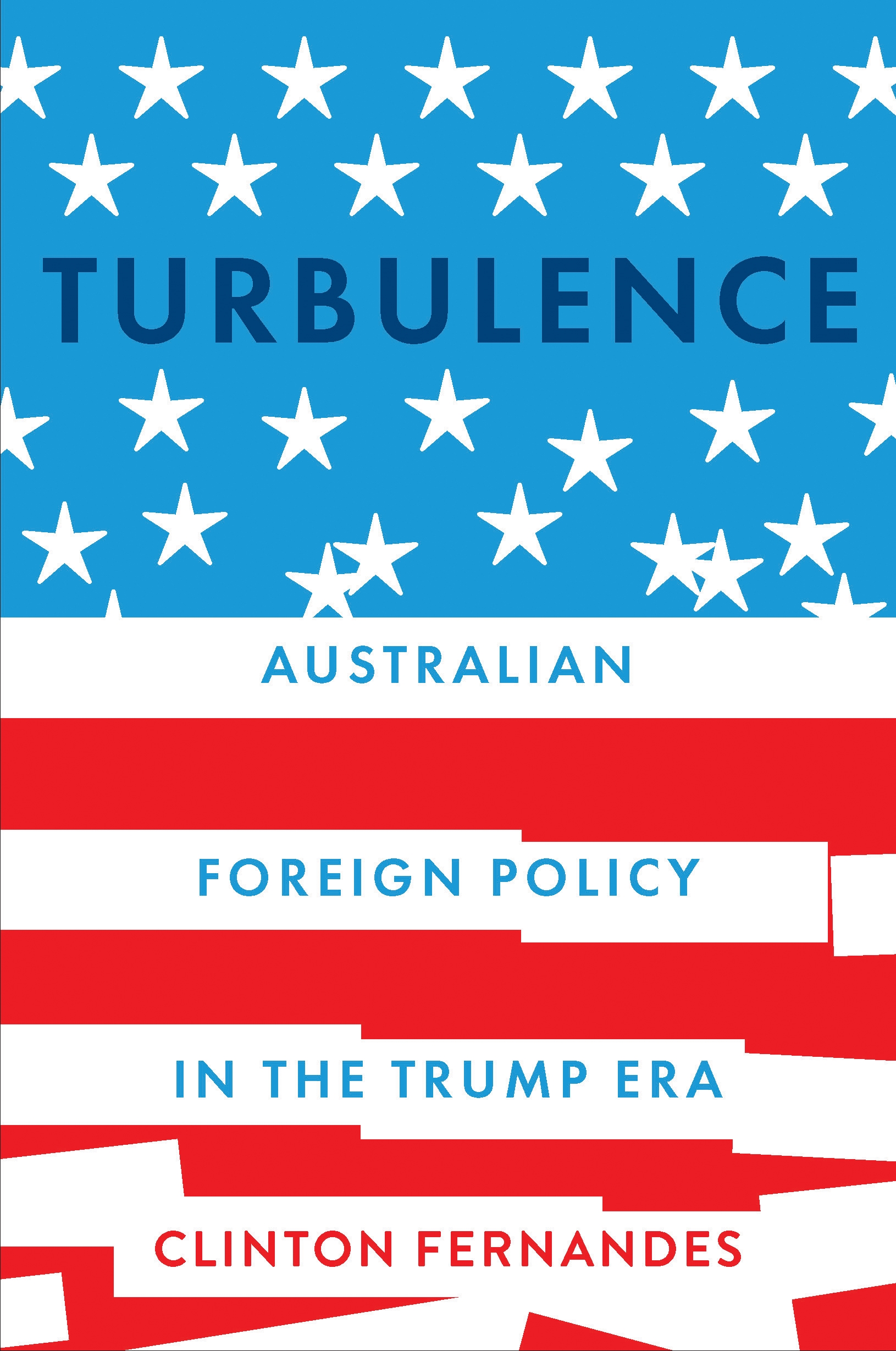
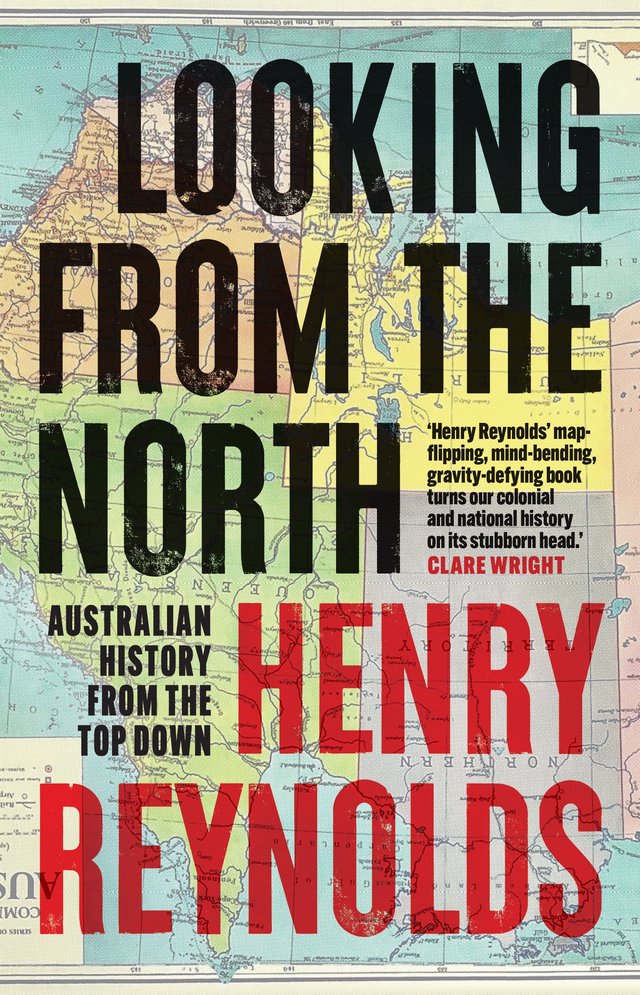
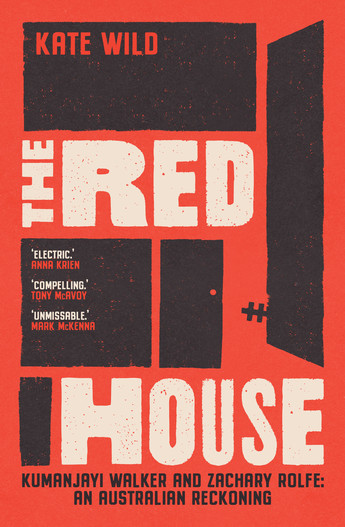
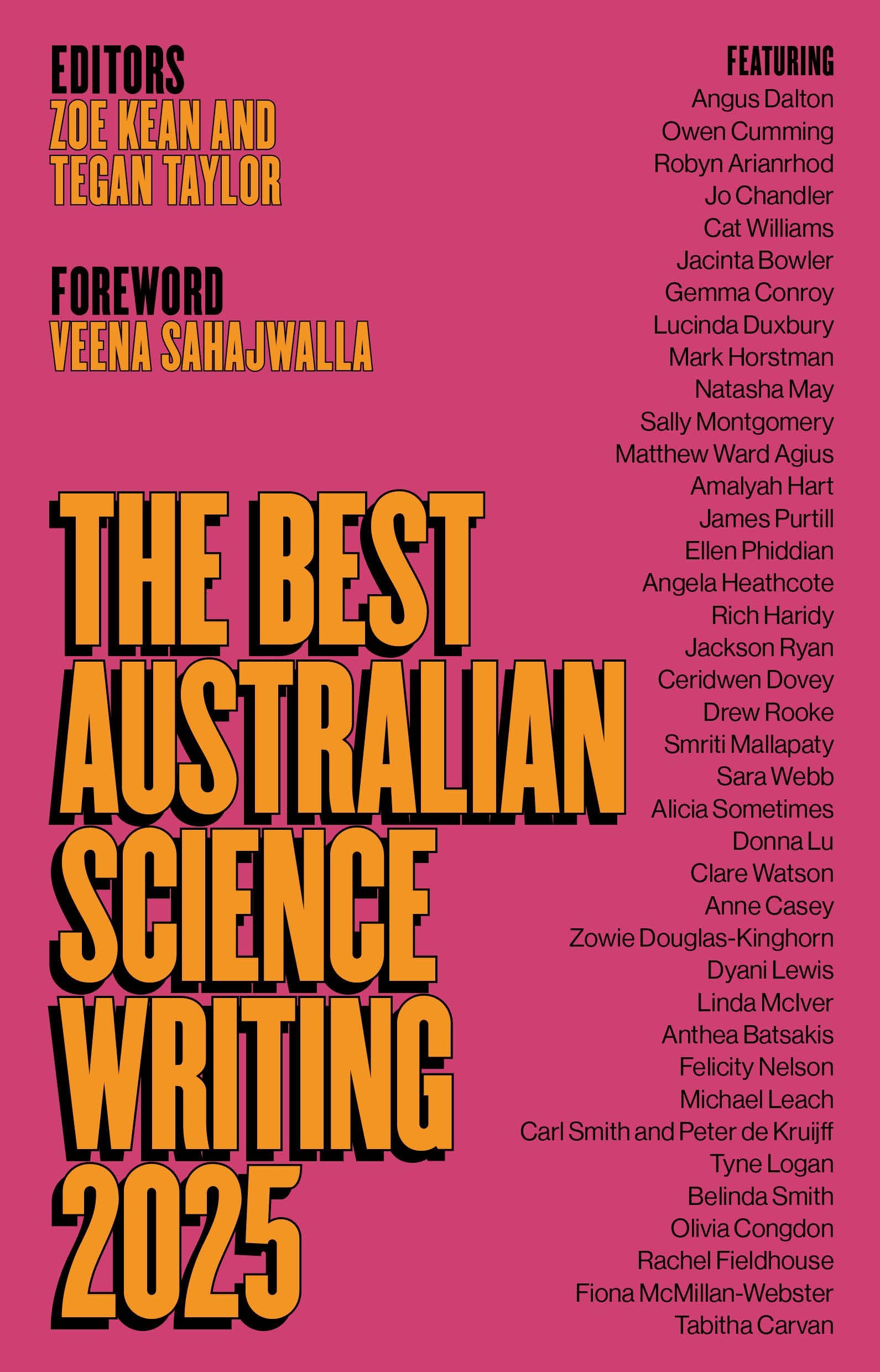
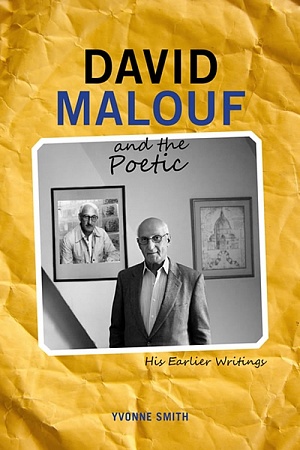
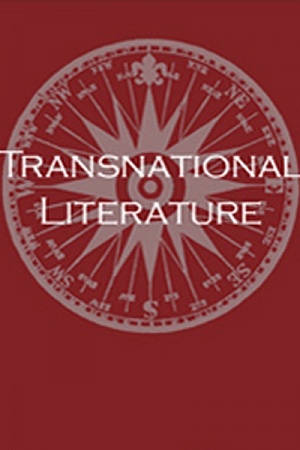
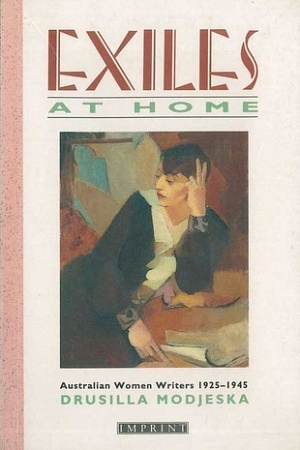
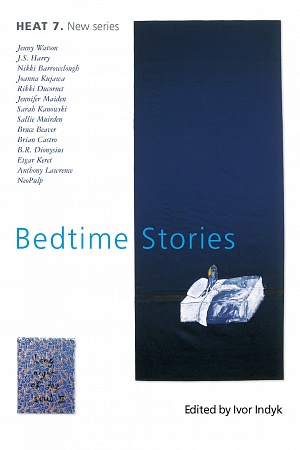
Leave a comment
If you are an ABR subscriber, you will need to sign in to post a comment.
If you have forgotten your sign in details, or if you receive an error message when trying to submit your comment, please email your comment (and the name of the article to which it relates) to ABR Comments. We will review your comment and, subject to approval, we will post it under your name.
Please note that all comments must be approved by ABR and comply with our Terms & Conditions.